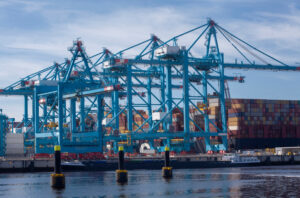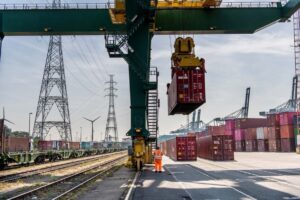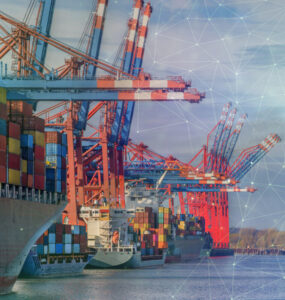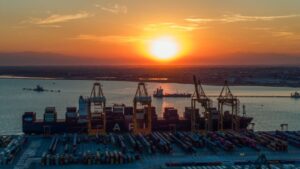The impact of COVID-19 lockdowns and inland disruption had a significant impact on Malaysian ports’ container sector, but digital investment looks to place the nation’s ports a vital node in the South East Asian supply chain once again.
During the Malaysia Ports and Maritime Week 2021, members of two contrasting ports across Malaysia gave their reflections on the impact of COVID-19 disruptions, and plans to build a more resilient ports complex through digitised and structural programmes.
At Penang Port, Dato’ Sasedharan Vasudevan, CEO, said the impacts of COVID-19 on labour shortages, changes in trade flows, and missed sailings have resulted a 10-12% decline in business compared to 2019 levels.
“In the liner business, we went through a series of challenges, especially in Penang. Penang is an origin port and the last port of call if you look at the South East Asia network for most intra-Asia vessels,” he said. “We have seen how the liners have [implemented] major changes to the route, and how the import container inventory has also shifted in patterns.”
Vasudevan added that the some 200 vessels have made omissions to sailing routes to Penang Ports, largely through scarce container capacity.
“We are hopeful global trade will achieve a correction in months to come, and things to normalise,” Vasudevan told the webinar.
Is Malaysia a major maritime nation?
Further East, Sabah Ports Sdn Bhd, which operates four container feeder ports in the Malaysian state of Sabah, saw similar falls in volume due to the pandemic.
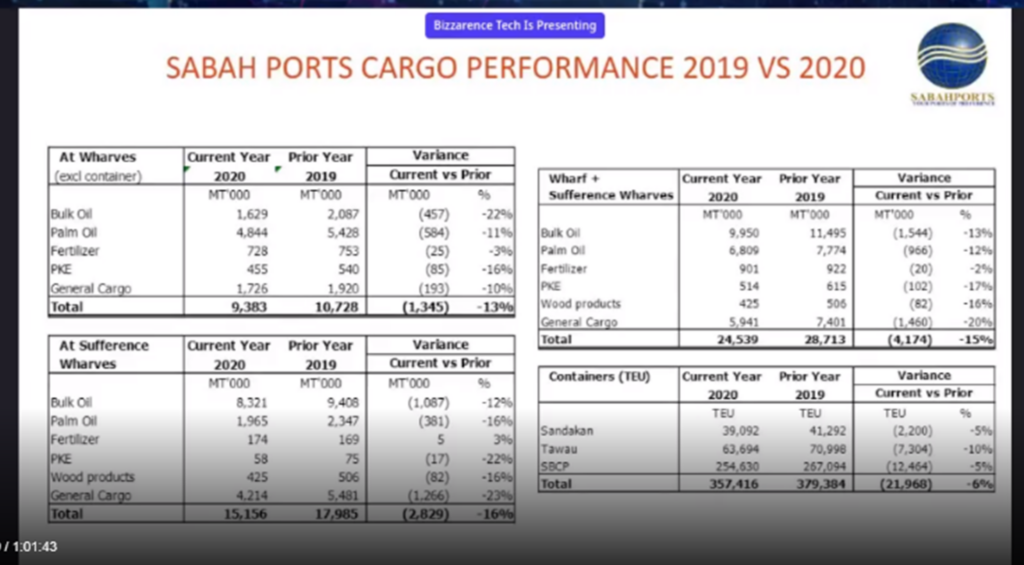
Siti Noraishah Azizan, General Manager Corporate Services at Sabah Port Sdn Bhd, said that 2020 saw total TEU levels fall by 6% compared to 2019 levels.
“The broad issues we have seen during COVID-19 would be the decrease in cargo volume due to trade flows affecting all stakeholders along the supply chain,” Azizan told the audience.
“This has also affected the port users. As the manufacturing activities were similarly disrupted, there was a slow flow of goods coming in.
“There was a lower level of logistics activities, and it has a domino effect to the supply chain,” she added.
Digitalisation efforts
Both Penang Port and the Sabah Ports group are turning to digitalisation in a bid to improve its offering for customers.
Penang Port has rolled out three comprehensive digitisation investments in 2021 to improve connectivity with its port users: Vasudevan said the port has deployed a berth optimisation engine; the ‘CargoMove’ Vehicle Booking System (CM VBS) in September; and is mulling options to upgrade the port’s TOS.
“This is really necessary to make the changes to the operational processes and to bring in some efficiencies to the way we do business. We are focusing on improving our operational processes,” Vasudevan said.
In February, North Butterworth Container Terminal (NBCT) at the Port of Penang was officially named a Free Commercial Zone (FCZ) by the Malaysian government as part of efforts to increase shipping and transhipment volumes.
“That status is something we would like to push on with – if not this year then early next year – on how we can capture the Bay of Bengal market to be positioned in Penang,” Vasudevan told the webinar.
Azizan echoed Vasudevan’s commitment to emerging technologies, noting that Sabah Ports is enhancing its TOS and leveraging technology at every opportunity to streamline processes and allow the island’s logistics chain to become smarter and more transparent.
At Sabah Ports, Azizan said that the impending relocation of the Indonesian capital from Jakarta to East Kalimantan opens up major opportunities for feeder trade in the company’s ports.
The operator is currently undertaking expansion of its Sapangar container terminal to handle increased capacity from the improved trade links with Indonesia, Azizan said.
Malaysia is the world’s fifth busiest port nation, highlighting its value in transporting cargo into and out of Asia.
Malaysia is also a signee of the Comprehensive and Progressive Agreement for Trans-Pacific Partnership (CPTPP), a $9 trillion trade agreement including the likes of Canada, Singapore, and New Zealand, to turbocharge trade through the pacific regions.




